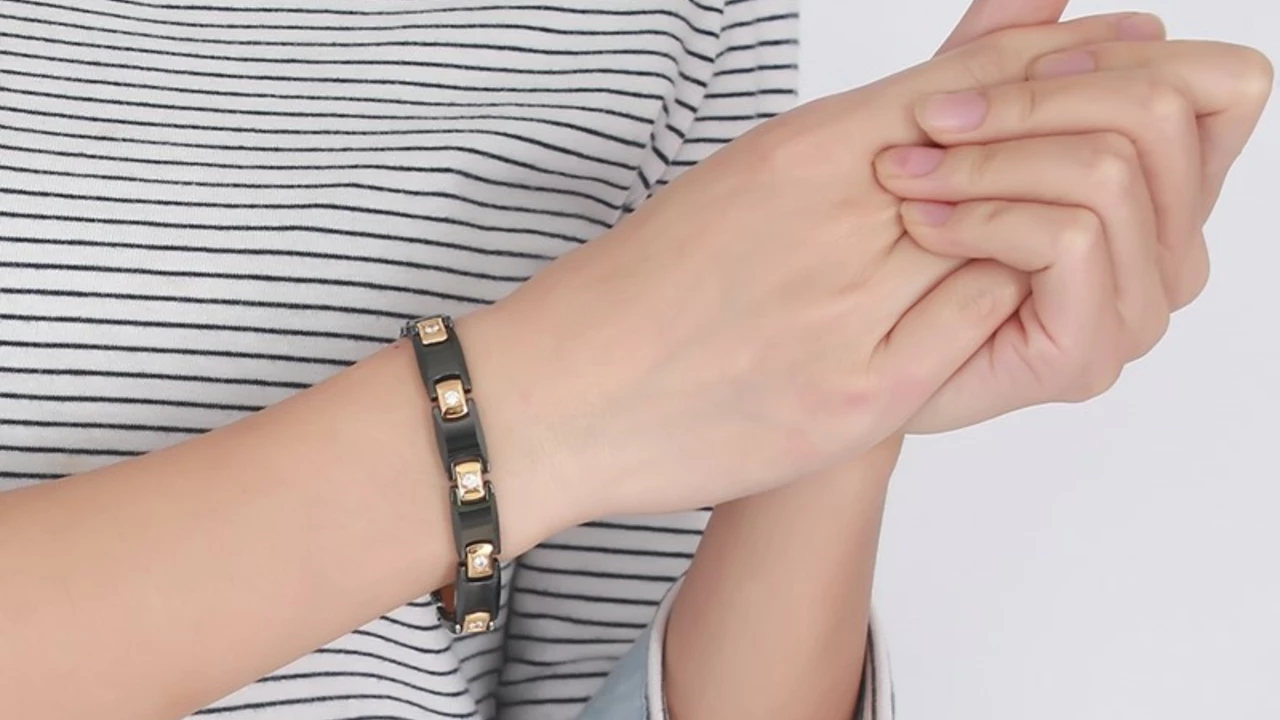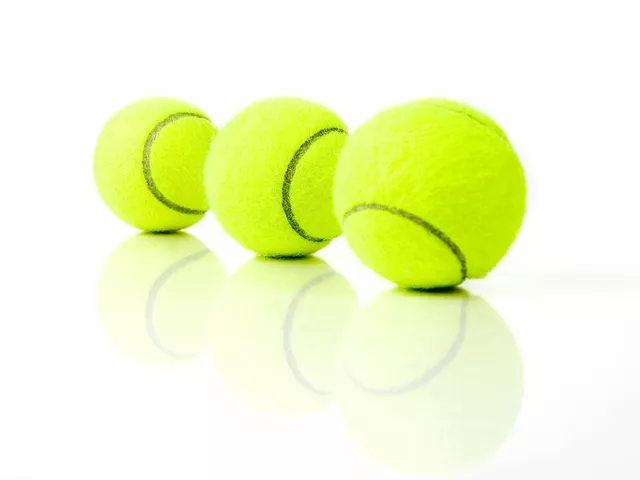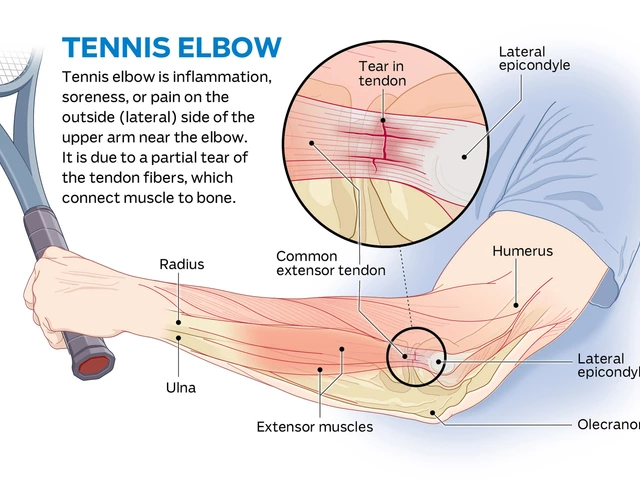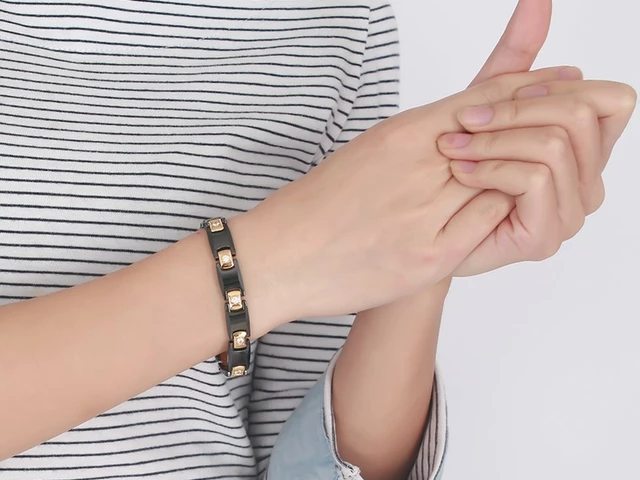The Anatomy of a Toggle Clasp
Let's begin by understanding what exactly a toggle clasp is. A toggle clasp is a two-part fastener typically made of metal, often used in jewelry like bracelets and necklaces. The first part, the toggle or bar, is a straight piece that is inserted into the second part, the ring or loop. The bar is longer than the ring is wide, which prevents it from slipping back out. While it seems like a simple mechanism, the real struggle comes when you attempt to fasten a bracelet with one hand.
The One-Handed Struggle
Now, imagine this scenario. You've just bought a beautiful bracelet with a toggle clasp. You're excited to wear it, so you drape it over your wrist, hold one end of the bracelet in one hand and the other end in the other hand. But then you realize, you only have one hand free. Suddenly, what seemed like a simple task becomes a test of patience as you fumble trying to insert the bar into the tiny hole of the ring.
Coordination and Dexterity
Fastening a toggle clasp requires a good amount of dexterity and hand-eye coordination. The smaller and more delicate the clasp, the harder it is to see and manipulate. Plus, while you're trying to hold the bracelet steady, you also have to make sure the toggle is oriented correctly to go through the ring. It's a lot of multitasking for one hand! And if you happen to have any issues with dexterity or coordination, such as arthritis or a motor skill disorder, the task becomes even more challenging.
Design Flaws
The design of the toggle clasp itself can also contribute to the difficulty. Some clasps are just poorly designed, with rings that are too small or bars that are too thick. Sometimes, the ring is attached to the bracelet in a way that makes it hard to hold steady, or the bar is too smooth and slips out of your fingers. Even the weight distribution of the bracelet can affect how easy it is to fasten. If the bracelet is too heavy on one side, it can pull the clasp out of your grasp.
Material Matters
The material of the bracelet and clasp can also make a difference. Metal clasps can be slippery and hard to grip, especially if they're highly polished. Leather or fabric bracelets can be easier to handle, but the clasps on these can be small and fiddly. Even the shape of the clasp can have an impact. Some toggles are round or oval, which can be harder to hold and maneuver than a simple straight bar.
Improvements and Alternatives
Despite these challenges, there are ways to improve the design of toggle clasps or alternatives to consider. For instance, a lobster clasp is easier to handle and fasten with one hand. Magnetic clasps are even easier, as they simply snap together when they're close enough. For toggle clasps, a larger ring and a textured bar can make them easier to fasten. Even a simple chain attached to the ring can provide something to hold onto while you insert the bar.
Helpful Tools and Techniques
There are also tools and techniques that can make fastening a toggle clasp easier. Bracelet fastening tools are available that hold one end of the bracelet steady while you fasten the clasp. You can also try techniques like laying the bracelet on a flat surface or using a bit of tape to hold one end steady.
Why Do We Still Use Toggle Clasps?
Despite the difficulties, toggle clasps are still widely used in jewelry. Why? For one, they add a decorative element that other types of clasps don't. They also have a certain elegance and sophistication, and they are often associated with high-quality, artisan jewelry. Fortunately, with a few tweaks to the design and a bit of practice, you can master the art of fastening a toggle clasp bracelet.






